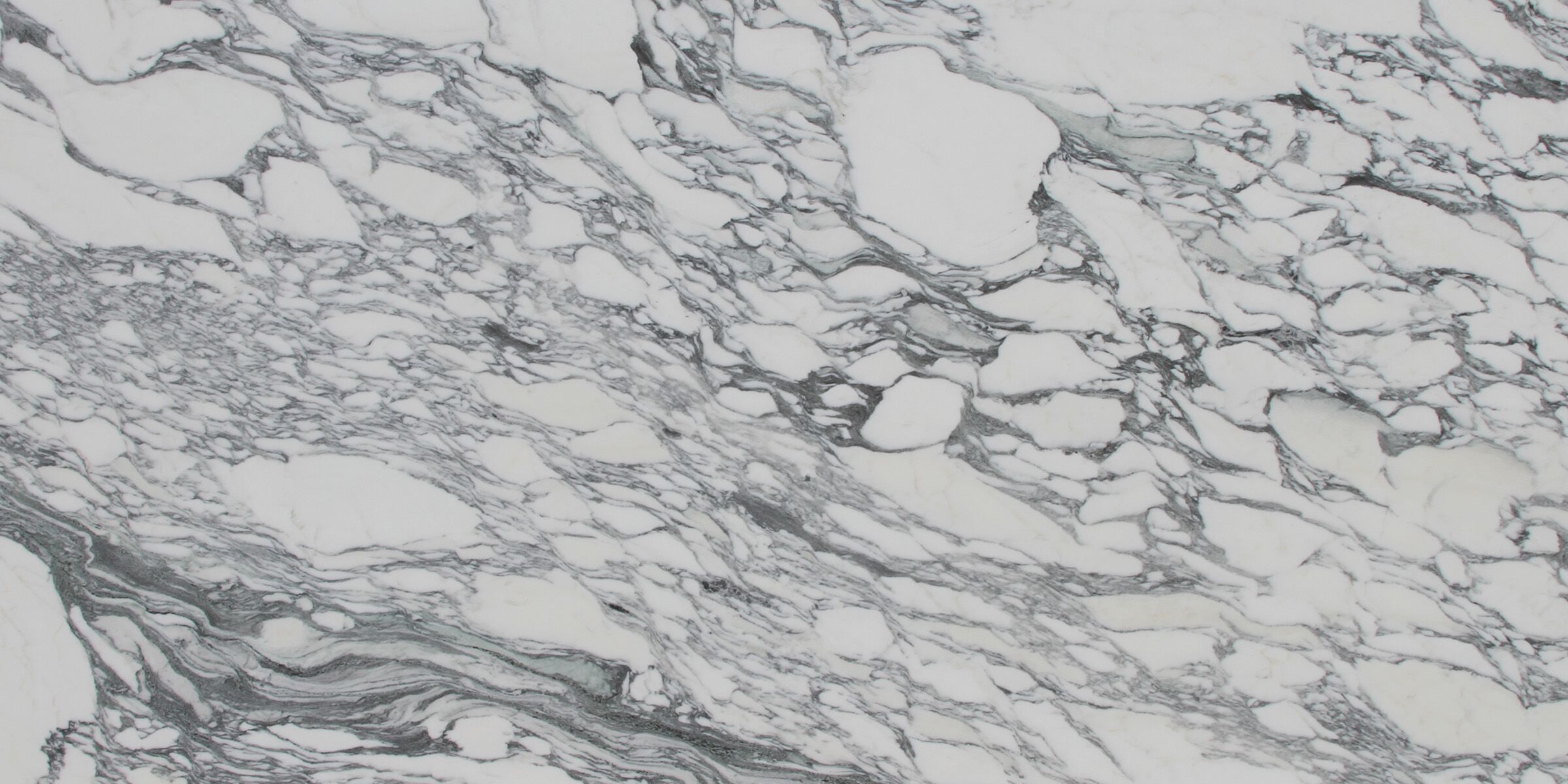Due to the fact that many homeowners prefer the appearance of natural stone in their bathrooms and kitchens, quartz and marble have become two of the most widely used materials for countertops. But which of these two materials is better? Many people who are remodeling their kitchens and bathrooms stay awake at night because of this question. Although homeowners are aware that they desire the appearance of stone, many are still determining the ideal option. Quartz and marble countertops both enhance the beauty and depth of space. Both are available in various hues that complement modern and traditional house designs. Both are laid in slabs and offer a glossy space appearance, but the care requirements, cost, and other characteristics of each material will influence which one is best for you. Let us help you know how are these two materials different from each other and decide which one is for you.
What is the Difference Between Marble and Quartz?
Although marble and quartz both have comparable looks, they differ significantly as countertop materials. When choosing between the two choices, one must take into account a number of considerations, including pricing, maintenance, durability, and design consistency.
Origin
Marble: Natural stone, known as marble, has been employed as a building material for countless years. Marble is a metamorphic rock that is widespread in the world and comes in a variety of hues, including white, blue, pink, and gray. Marble is created when limestone is heated to such high temperatures that cause the minerals to enlarge and fuse. The best marble is translucent, and each piece reflects the expressive influence of the Earth.
Quartz: On the other hand, quartz may be found practically everywhere on Earth and forms under a wide variety of mineral-forming circumstances. It may have igneous, metamorphic, or sedimentary roots. It varies in terms of color, structure, and mode of occurrence. However, quartz countertops are engineered. Natural quartz crystals are mined, crushed into a powder, and then combined with resin at high pressure and heat to create a solid slab. The countertop is colored by the insertion of pigments during the process.
Appearance
Marble: Marble has a natural veining pattern running through it. Due to the uniqueness of each piece created by geological processes, marble comes in an almost endless number of colors and textures. When other minerals, such as quartz and graphite, get introduced during the formation of marble, the color changes from pure white to gray, green, and other varied colorations. Marble is one of the most exquisite natural stones.
Quartz: Since quartz is manufactured by people, the pieces look more uniform. It is available in many different designs, many of which closely resemble slabs of real stone. Quartz countertops in white have a marble-like appearance.
Durability and Hardness
Marble: On the Mohs scale, marble scores 3. It is considered a soft stone. However, marble is still a sturdy, heat-resistant material. After all, it is a metamorphic rock. But marble has high porosity and easily gets stained. In addition, acidic substances like vinegar can etch marble. It is strong, just not as strong as quartz.
Quartz: Natural quartz has a Mohs scale of 7 to 7.5. Quartz is robust and resistive to cracks, although it isn’t quite as heat-resistant. A hot pan can burn quartz countertops. Since quartz is not porous, it cannot be stained and does not require sealing.
Maintenance
Marble: Marble is susceptible to stains that seep deeply into the rock. Professional sealing of the surface during installation is crucial to help avoid damage, as once this occurs, it is impossible to undo. Unfortunately, you’ll have to go through the sealing process again at least once a year. If you’re an avid cook, you might need to reseal it twice a year. Resin can be used to cover small cracks in marble. However, for larger cracks, you’ll need to contact a professional. For cleaning, you cannot use harsh chemicals. It would help if you used cleaners designed for marbles.
Quartz: With a little detergent, water, and a soft washcloth, quartz may be cleaned easily. After cleaning, thoroughly rinse the surface. Quartz shouldn’t be cleaned using abrasive cleaners, rough scrubbing pads, or cleaners that contain bleach. Engineered stone surfaces don’t need to be polished to stay smooth and bright, but they should be gently cleaned to preserve their unique gloss. Quartz countertops with a honed finish are more susceptible to grease and fingerprints, so you need to be more thorough when cleaning them.
Cost
Despite the fact that exact costs vary and depend on a number of variables (such as your region, the type of marble or quartz you choose, and the design of the room), there is a clear difference in the cost between installed marble and quartz countertops. Including installation, the cost of marble starts anywhere from $50 to $70 and can go more than $200 per square foot. On the other hand, quartz is comparatively cheaper. The normal price of quartz countertops is $50 to $150 per square foot.
Final Words
When comparing quartz vs marble countertops, it becomes clear that neither material is necessarily the “better” option. The best choice for you will rely on your lifestyle, financial situation, and aesthetic preferences. We hope this article has helped you decide.

